The Comprehensive Military Agreement (CMA) signed by the two Koreas on September 19, 2018, is considered the last safety device to restrain escalating inter-Korean tensions. However, this agreement is in a fragile state as both sides have made moves to break it.
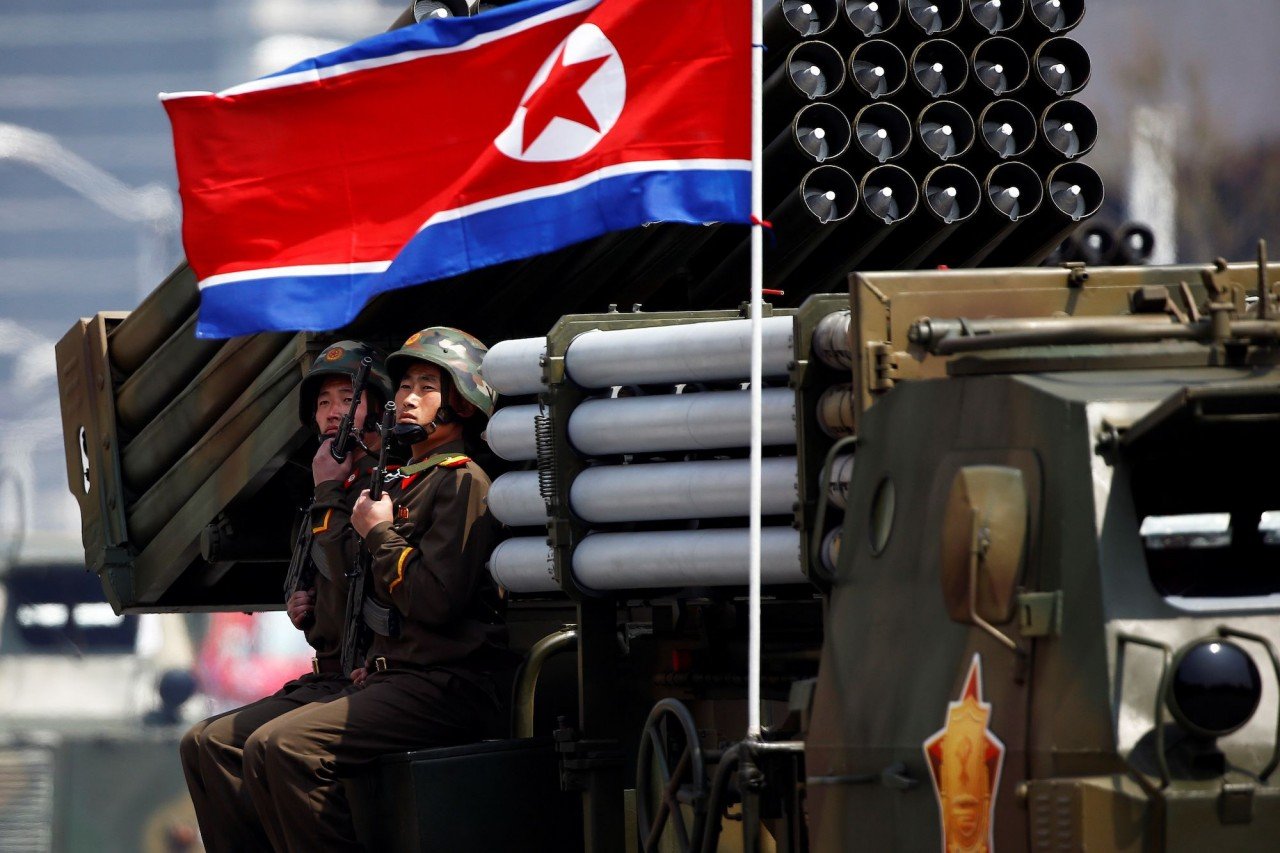 |
| On November 23, North Korea announced that it would immediately restore all temporarily restricted military measures. (Source: Reuters) |
Continuously making military statements
On November 23, North Korea announced that it would immediately restore all military measures that had been temporarily suspended under the 2018 inter-Korean military agreement, and would deploy stronger armed forces and new weapons on the border with South Korea.
Pyongyang's move came hours after Seoul partially suspended a cross-border tension-reduction agreement signed on September 19, 2018, in response to North Korea's launch of a military spy satellite on November 21.
According to The North Korean Defense Ministry said it would “no longer be restrained” by the military agreement, warning that Seoul would pay a heavy price for its decision, according to the Korean Central News Agency (KCNA) .
The statement of the North Korean Defense Ministry emphasized that the country's military will never be bound by the inter-Korean military agreement signed on September 19, 2018.
Pyongyang stated: “We will cancel the military measures taken to prevent military tension and conflict in all areas, including land, sea and air, and will deploy powerful armed forces and advanced military equipment in the border areas.”
The Korean press has made many comments stating that tensions on the peninsula are escalating and expressing concerns about the risk of local conflicts in the near future.
Earlier, Yonhap news agency reported on November 22 that the government had approved a proposal to partially suspend the inter-Korean military agreement signed in 2018 in response to North Korea's launch of a military reconnaissance satellite.
According to Yonhap , the decision was made during an extraordinary cabinet meeting chaired by Prime Minister Han Duck Soo. The South Korean National Security Council announced that it would take steps to temporarily suspend part of the agreement, as well as resume reconnaissance and surveillance activities around the inter-Korean border area.
The Comprehensive Military Agreement (CMA) was signed by the two Koreas on September 19, 2018, calling for a halt to all hostile military activities between the two sides, as well as the establishment of maritime buffer zones and the transformation of the demilitarized zone (DMZ) into a peace zone, among other measures.
According to the Kookmin Ilbo , as North Korea announced the deployment of stronger forces and new military equipment along the Military Demarcation Line (MDL), South Korea also needs to prepare for appropriate scenarios.
First , the current security posture, established based on the September 19, 2018 Agreement, must be reviewed from the ground up and reorganized to deal with growing military threats.
Second, South Korea must prepare for armed provocations such as seaborne incursions, occupation of northwestern islands, submarine incursions; as well as cyber attacks on national infrastructure such as nuclear power plants.
Third , in the context of increasing provocation threats, the government also needs to prepare the military and the people.
The ultimate safety device removed?
In the current context, analysts point out that the top priority for South Korea is to create a strong deterrent so that North Korea does not even want to consider provocation.
To do so, the joint defense posture of South Korea and the United States must be further strengthened and combat readiness must be maintained at all times. At the same time, reconnaissance and intelligence activities must be greatly enhanced to detect provocations in advance.
Meanwhile, the Korea Times said that if South Korea responds by completely canceling the September 19, 2018 agreement, this agreement could officially collapse, leading to many consequences, such as possible outbreaks of clashes in the demilitarized zone.
South Korean Defense Minister Shin Won Sik recently told the National Assembly that over the past five years, North Korea has violated the agreement 3,500 times.
However, if we look at the statistics of North Korea's provocations against South Korea, the total number of 228 acts under the Lee Myung Bak administration (2008-2013) and 108 acts under the Park Geun Hye administration (2013-2017) has decreased to 5 acts under the Moon Jae In administration (2017-2022). It is believed that the de-escalation agreement has had some effect in cooling down the Korean Peninsula.
The Korea Times commented that relations between the two Koreas have always been in a state of "up and down" under progressive and conservative presidents. Breaking the tension-reduction agreement would remove the last safety device.
Meanwhile, a US State Department spokesperson said that South Korea's decision to partially suspend the CMA was a "cautious and restrained response" to North Korea's "non-compliance with the agreement."
According to Yonhap , South Korea resumed the use of manned and unmanned reconnaissance aircraft in border areas on November 22.
The CMA was signed at a 2018 summit between North Korean leader Kim Jong Un and then-South Korean President Moon Jae In, one of the most concrete measures to come after months of stalled diplomacy.
Professor Moon Chung In at Yonsei University, who served as a special adviser to President Moon during his talks with Kim Jong Un in 2018, said that although North Korea did not comply with all the terms of the agreement, the abrogation of the CMA could increase the risk of confrontation along the border.
Bruce Klingner, a former CIA analyst who now works for the Heritage Foundation in the US, said that in theory, the CMA was a good deal because the measures to reduce risks as well as build trust and security were beneficial to both sides. However, when the follow-up measures stalled, the agreement also had many shortcomings.
Source


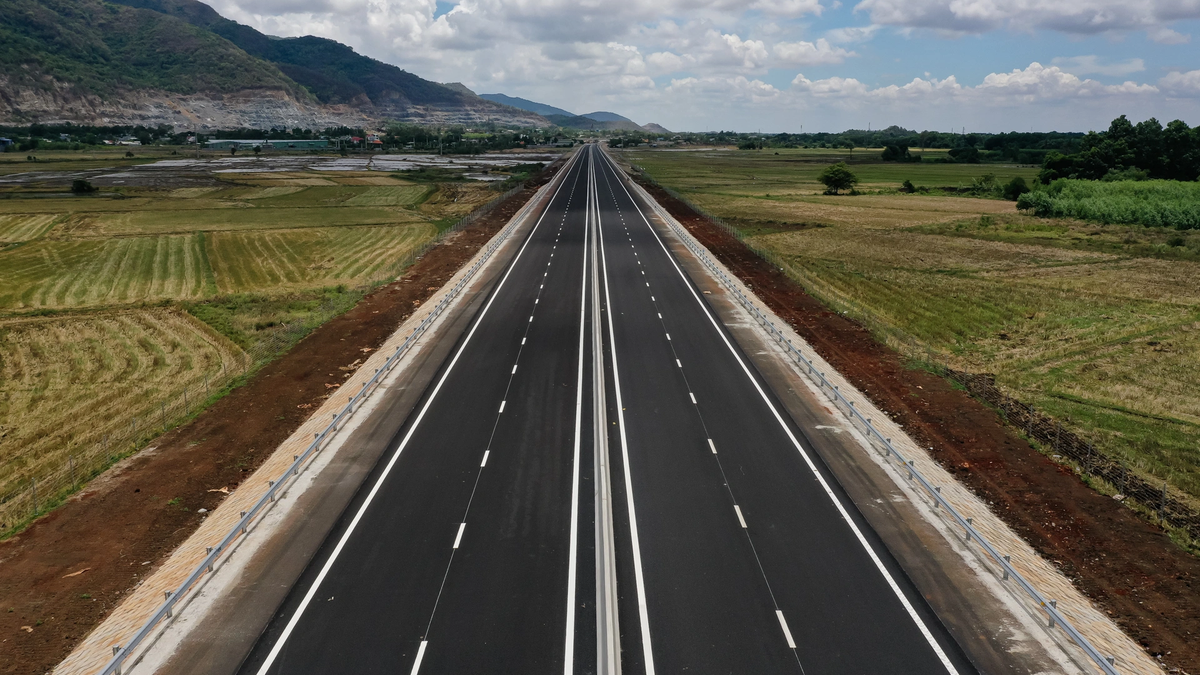

![[Photo] Party and State leaders attend the special art program "You are Ho Chi Minh"](https://vphoto.vietnam.vn/thumb/1200x675/vietnam/resource/IMAGE/2025/5/18/6895913f94fd4c51aa4564ab14c3f250)
![[Photo] Party and State leaders visit President Ho Chi Minh's Mausoleum](https://vphoto.vietnam.vn/thumb/1200x675/vietnam/resource/IMAGE/2025/5/19/d7e02f242af84752902b22a7208674ac)
![[Photo] Special flag-raising ceremony to celebrate the 135th birthday of President Ho Chi Minh](https://vphoto.vietnam.vn/thumb/1200x675/vietnam/resource/IMAGE/2025/5/19/1c5ec80249cc4ef3a5226e366e7e58f1)




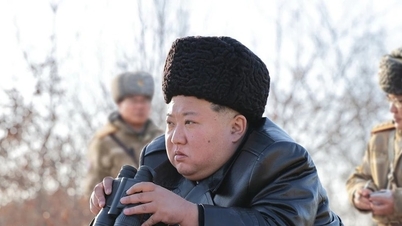





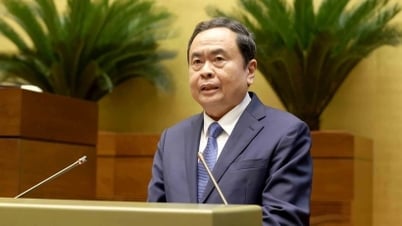

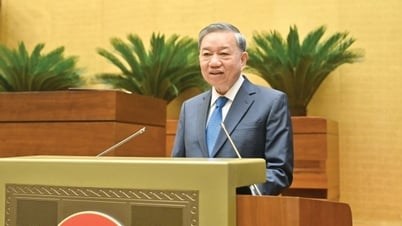
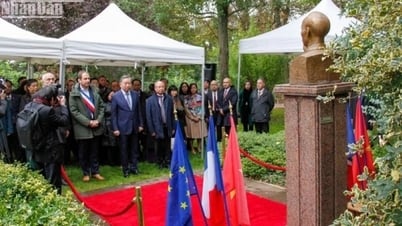






























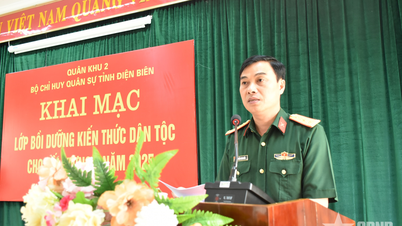





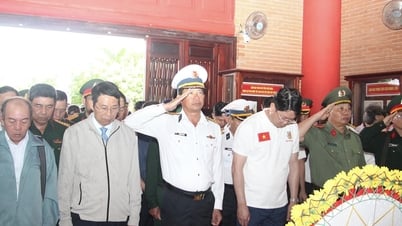


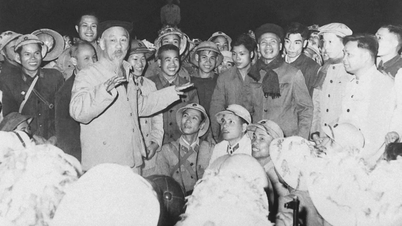

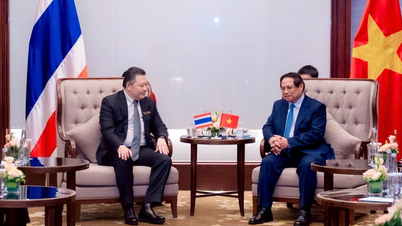
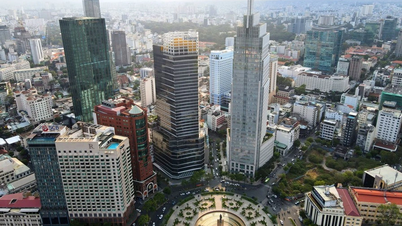




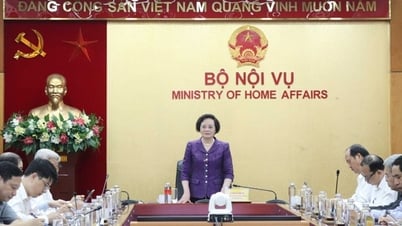







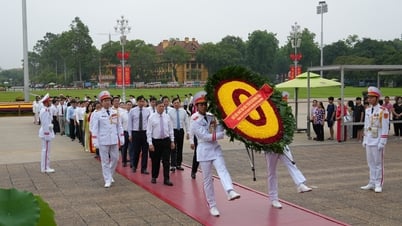



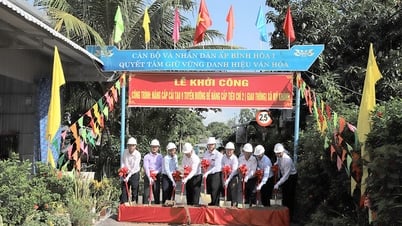





![[VIDEO] - Enhancing the value of Quang Nam OCOP products through trade connections](https://vphoto.vietnam.vn/thumb/402x226/vietnam/resource/IMAGE/2025/5/17/5be5b5fff1f14914986fad159097a677)







Comment (0)